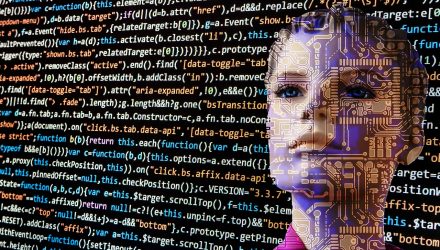It wasn’t long ago that artificial intelligence was considered a futuristic pipe dream. Novels, films, and television shows have been serving up images of an AI-driven world for decades. Fiction authors like Neal Stephenson and Isaac Asimov painted a picture of a world in which whoever controlled technology and AI controlled the world—including the resources and, more importantly, the people. I have to wonder if Stephenson or Asimov had any inkling how accurate their visions would be—or how quickly their concept of ‘technology as power’ would become a reality.
Today, the global AI race is on. Governments may have been slow to realize the sheer power of AI, but over the past decade, that power has been too evident to ignore. The Arab Spring was driven by social media, which gave people the power to communicate, organize, and resist in a way that had never before been possible. Russian meddling in the 2016 US presidential election shed light on just how vulnerable social media networks and their users are to information warfare.
China gets it. Announced in 2015, the country’s Made in China 2025 initiative outlined a plan to regain manufacturing dominance within a decade, primarily through aggressive government funding and support of technology and AI. But that’s not all. China’s three-step plan includes:
1. Accelerating its AI capabilities to keep pace with global leaders by 2020
2. Making major breakthroughs in AI by 2025
3. Establishing China as the world leader in the AI field by 2030
